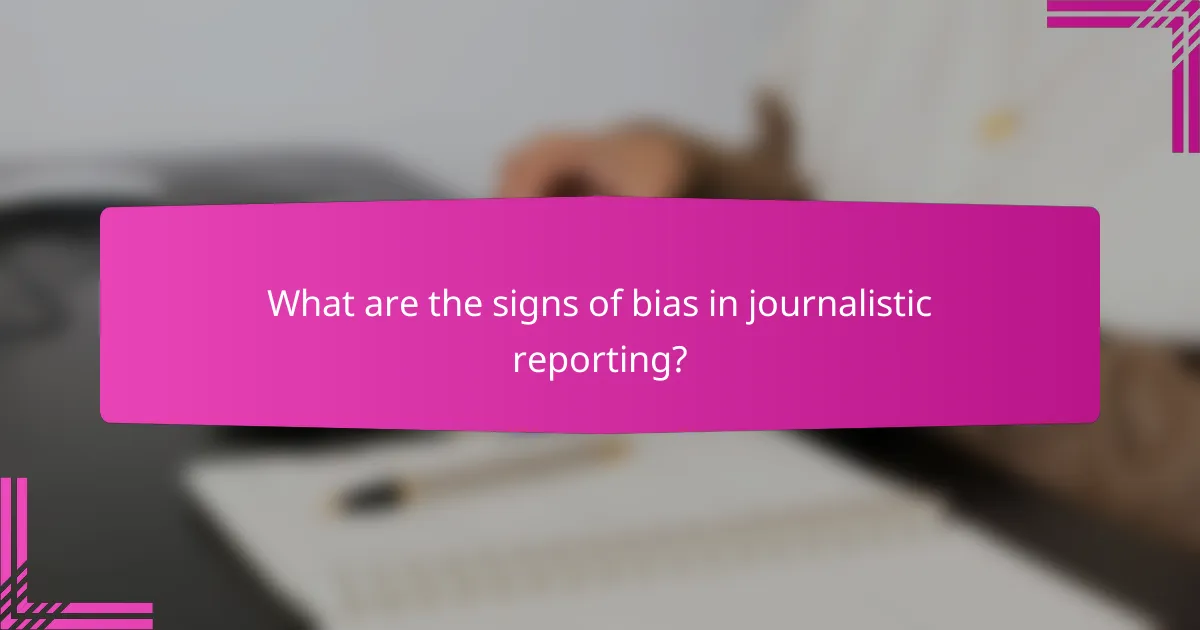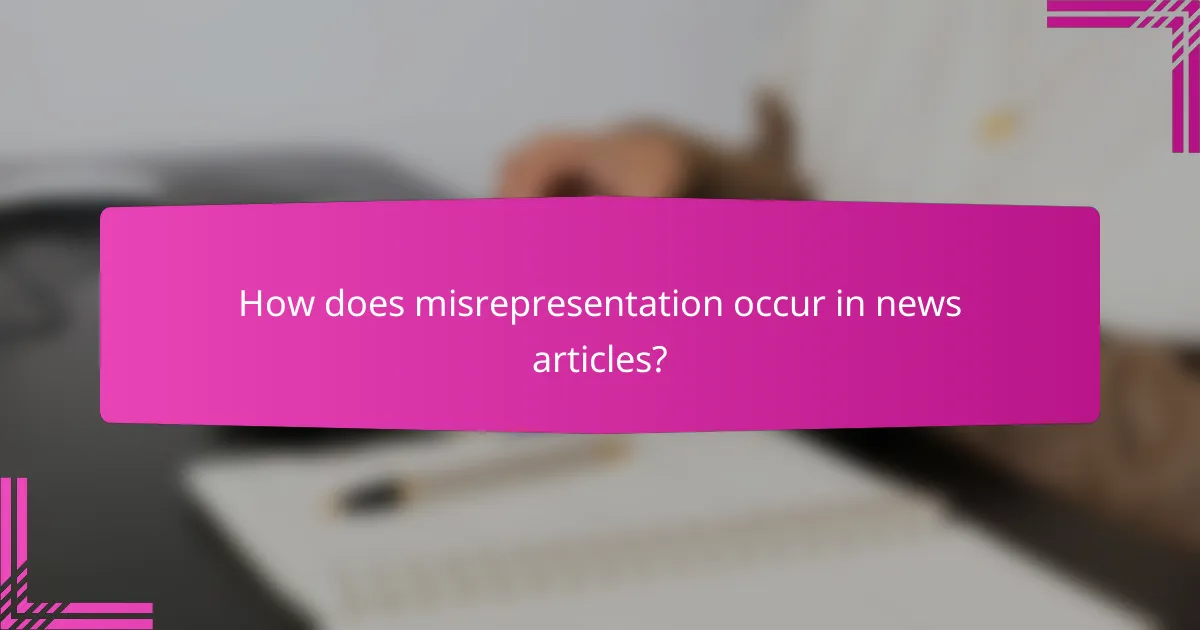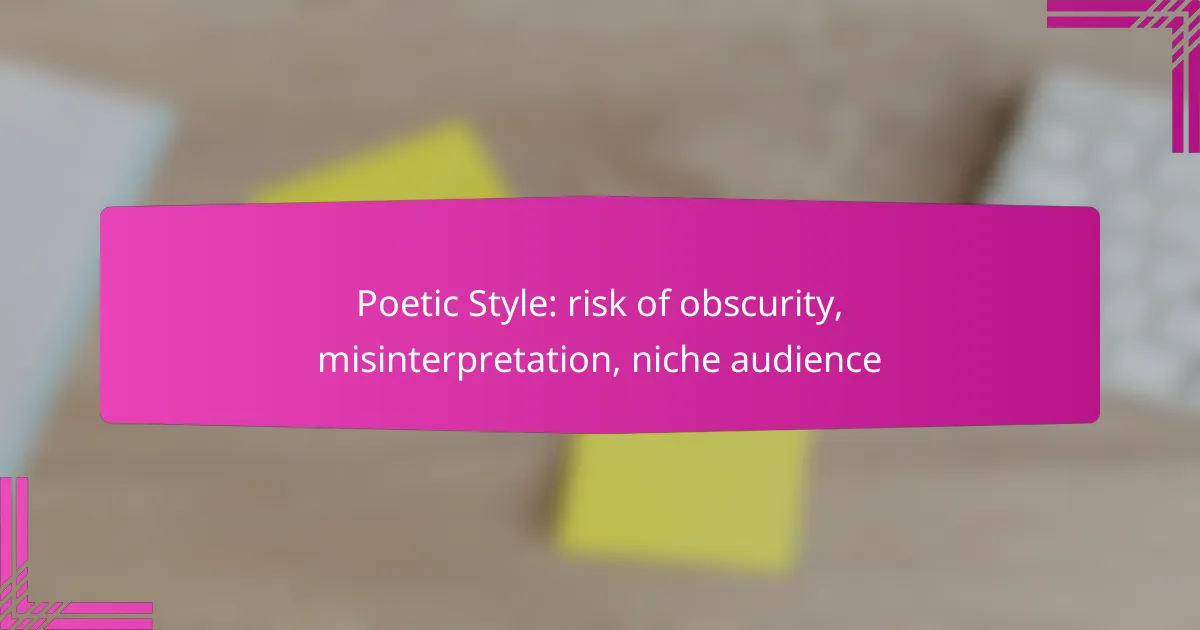In the realm of journalism, the potential for sensationalism, bias, and misrepresentation poses significant challenges to the integrity of news reporting. By adhering to strict guidelines that emphasize accuracy and ethical practices, news organizations can combat these issues. Awareness of bias indicators and the tactics used for misrepresentation empowers readers to critically assess the information they consume.

How can sensationalism be mitigated in journalism?
Mitigating sensationalism in journalism involves implementing strict guidelines and practices that prioritize accuracy and integrity. By focusing on fact-checking, ethical training, and transparency, news organizations can reduce the risk of misrepresentation and bias.
Implementing fact-checking protocols
Fact-checking protocols are essential for ensuring the accuracy of information before publication. News organizations should establish dedicated teams or utilize third-party fact-checkers to verify claims, especially those that could provoke strong emotional responses. This process can help identify misleading statements and prevent sensational headlines.
Regular audits of published content can also enhance accountability. For example, a newsroom might review a sample of articles each month to assess adherence to fact-checking standards and make improvements based on findings.
Training journalists on ethical standards
Training journalists on ethical standards is crucial for fostering a culture of responsibility in reporting. Workshops and ongoing education should cover topics such as the importance of objectivity, the impact of sensationalism, and the need for balanced reporting. This training can empower journalists to recognize and resist pressures to sensationalize stories.
Organizations can also develop a code of ethics that outlines expectations for reporting. Encouraging journalists to engage in discussions about ethical dilemmas can further reinforce these standards and promote a commitment to integrity in their work.
Encouraging transparency in sources
Transparency in sourcing helps build trust with audiences and reduces the likelihood of sensationalism. Journalists should clearly attribute information to credible sources and provide context for the data presented. This practice not only enhances credibility but also allows readers to evaluate the reliability of the information.
Additionally, news organizations can encourage journalists to disclose potential conflicts of interest and the methods used to gather information. This openness fosters a more informed public and discourages sensational narratives that may arise from ambiguous or unverified sources.

What are the signs of bias in journalistic reporting?
Signs of bias in journalistic reporting include the selective use of sources, emotionally charged language, and the framing of issues in a specific way. Recognizing these indicators can help readers critically evaluate the information presented and understand potential slants in reporting.
Selective use of sources
Selective use of sources occurs when journalists choose specific individuals or organizations to quote, often omitting others that may provide contrasting viewpoints. This practice can skew the narrative and create an unbalanced representation of the topic.
For example, a report on a controversial policy might only feature supporters while ignoring critics, leading readers to perceive overwhelming support. To assess bias, consider the diversity of sources cited and whether they represent a range of perspectives.
Language that evokes emotional responses
Language that evokes emotional responses can indicate bias by influencing how readers feel about a subject. Journalists may use loaded terms or sensational phrases that provoke strong reactions rather than presenting facts neutrally.
For instance, describing a protest as a “riot” rather than a “demonstration” can shape public perception. When evaluating articles, pay attention to the language used and consider whether it aims to inform or manipulate emotions.
Framing issues in a particular light
Framing issues in a particular light involves presenting information in a way that emphasizes certain aspects while downplaying others. This can lead to a distorted understanding of the situation being reported.
For instance, a news story about economic downturns may focus on job losses without mentioning government relief efforts, creating a negative impression. To identify framing, analyze how different outlets cover the same story and note the angles they choose to highlight or ignore.

How does misrepresentation occur in news articles?
Misrepresentation in news articles often arises from selective reporting, where information is presented in a way that distorts the truth. This can happen through various methods, including quoting out of context, overgeneralizing statements, and omitting critical information.
Quoting out of context
Quoting out of context involves taking a statement from an individual and presenting it without the surrounding information that provides clarity. This can lead to a misleading interpretation of the speaker’s intent or meaning. For example, a politician’s comment about a policy may sound negative when isolated, but in full context, it could reflect a more nuanced position.
To avoid this pitfall, journalists should ensure that quotes are framed within the broader narrative. Providing context helps readers understand the full picture and prevents misinterpretation.
Overgeneralizing statements
Overgeneralizing statements occurs when specific comments or data are extrapolated to make broad claims that do not accurately represent the situation. For instance, a study showing a trend in a small group may be reported as a universal truth, misleading the audience about the applicability of the findings.
Journalists should be cautious about making sweeping conclusions based on limited evidence. Including qualifiers such as “some” or “many” can help clarify the scope of statements and avoid misleading readers.
Omitting critical information
Omitting critical information can significantly alter the perception of a news story. When key facts are left out, the audience may not receive a complete understanding of the issue at hand. For example, failing to mention the source of funding for a study can lead to questions about its credibility and potential biases.
To ensure balanced reporting, journalists should strive to include all relevant information that contributes to a comprehensive understanding of the topic. This includes acknowledging potential conflicts of interest and providing a range of perspectives.

What frameworks can help assess journalistic integrity?
To assess journalistic integrity, frameworks such as media bias charts and fact-checking organizations provide valuable insights. These tools help evaluate the reliability and objectivity of news sources, enabling readers to make informed decisions about the information they consume.
Media bias charts
Media bias charts visually represent the political bias and reliability of various news outlets. They categorize sources along a spectrum from left to right, indicating their ideological leanings, while also assessing their factual accuracy. For example, a source positioned in the center may be considered more balanced compared to those on the extremes.
When using media bias charts, consider the source’s methodology and update frequency. Some charts may be updated regularly to reflect changes in reporting, while others may not. Always cross-reference multiple charts to get a comprehensive view of a news outlet’s bias.
Fact-checking organizations
Fact-checking organizations evaluate the accuracy of claims made by public figures and media outlets. They provide detailed analyses and sources to support their findings, helping to clarify misinformation. Well-known organizations include Snopes, FactCheck.org, and PolitiFact, each with its own focus and methodology.
To effectively use fact-checking resources, familiarize yourself with their rating systems, which often categorize claims as true, false, or misleading. This can help you quickly gauge the credibility of information. Additionally, consider the context of the claims being fact-checked, as nuances can affect interpretations of truthfulness.

How does Australian media landscape influence journalistic practices?
The Australian media landscape significantly shapes journalistic practices through its regulatory frameworks, audience expectations, and the competitive nature of media outlets. These factors can lead to sensationalism, bias, and misrepresentation in reporting, as outlets strive to capture attention and maintain relevance.
Regulatory bodies like ACMA
The Australian Communications and Media Authority (ACMA) plays a crucial role in overseeing media practices and ensuring compliance with broadcasting standards. It establishes guidelines that aim to promote accuracy, fairness, and accountability in journalism.
However, the effectiveness of these regulations can vary, and some media outlets may prioritize sensational content over adherence to these standards. Journalists must navigate these pressures while striving to maintain ethical reporting practices.
Public trust in media outlets
Public trust in media outlets is essential for a healthy democratic society. In Australia, trust levels can fluctuate based on perceived bias, sensationalism, and the accuracy of reporting. Outlets that prioritize integrity and transparency tend to foster stronger relationships with their audiences.
To build and maintain trust, media organizations should focus on fact-checking, providing balanced perspectives, and openly addressing errors. This approach not only enhances credibility but also encourages informed public discourse.

What are the ethical considerations for journalists?
Journalists must navigate various ethical considerations to maintain credibility and integrity in their reporting. Key aspects include avoiding sensationalism, ensuring accuracy, and balancing the public’s right to know with individual privacy rights.
Adhering to the SPJ Code of Ethics
The Society of Professional Journalists (SPJ) Code of Ethics serves as a foundational guideline for ethical journalism. It emphasizes principles such as seeking truth, minimizing harm, and acting independently. Journalists should familiarize themselves with these standards to guide their decision-making and reporting practices.
For instance, when covering sensitive topics, journalists should strive to verify information from multiple sources and avoid exaggeration that could mislead the audience. This commitment to accuracy helps build trust with readers and upholds the profession’s integrity.
Balancing public interest and privacy
Journalists often face the challenge of balancing the public’s right to know with the privacy rights of individuals. While transparency is crucial, respecting privacy is equally important, particularly in cases involving vulnerable populations or sensitive information.
A practical approach is to assess the relevance of the information to the public interest. For example, reporting on a public figure’s actions may warrant less privacy consideration than reporting on a private citizen’s personal life. Journalists should weigh the potential benefits of disclosure against the risks of harm to individuals involved.

What emerging trends are shaping journalism in Australia?
Emerging trends in Australian journalism include the rise of citizen journalism, the increasing use of digital platforms, and a growing emphasis on transparency and accountability. These trends are reshaping how news is produced, consumed, and perceived, often blurring the lines between professional and amateur reporting.
Rise of citizen journalism
The rise of citizen journalism in Australia reflects a shift towards more grassroots reporting, where everyday individuals contribute news and information, often through social media platforms. This trend allows for diverse perspectives and quicker dissemination of information, especially during events like protests or natural disasters.
However, citizen journalism comes with challenges, such as the potential for misinformation and lack of editorial oversight. It is crucial for consumers to critically evaluate the credibility of sources and verify information before sharing it.
To navigate this landscape, journalists and news organizations can engage with citizen journalists by providing training and resources, fostering a collaborative environment that enhances the quality of reporting while maintaining standards of accuracy and ethics.



